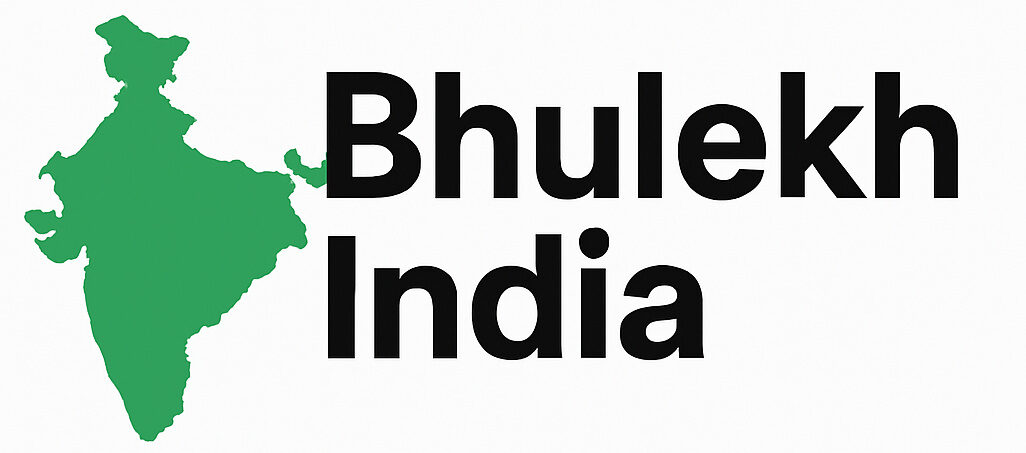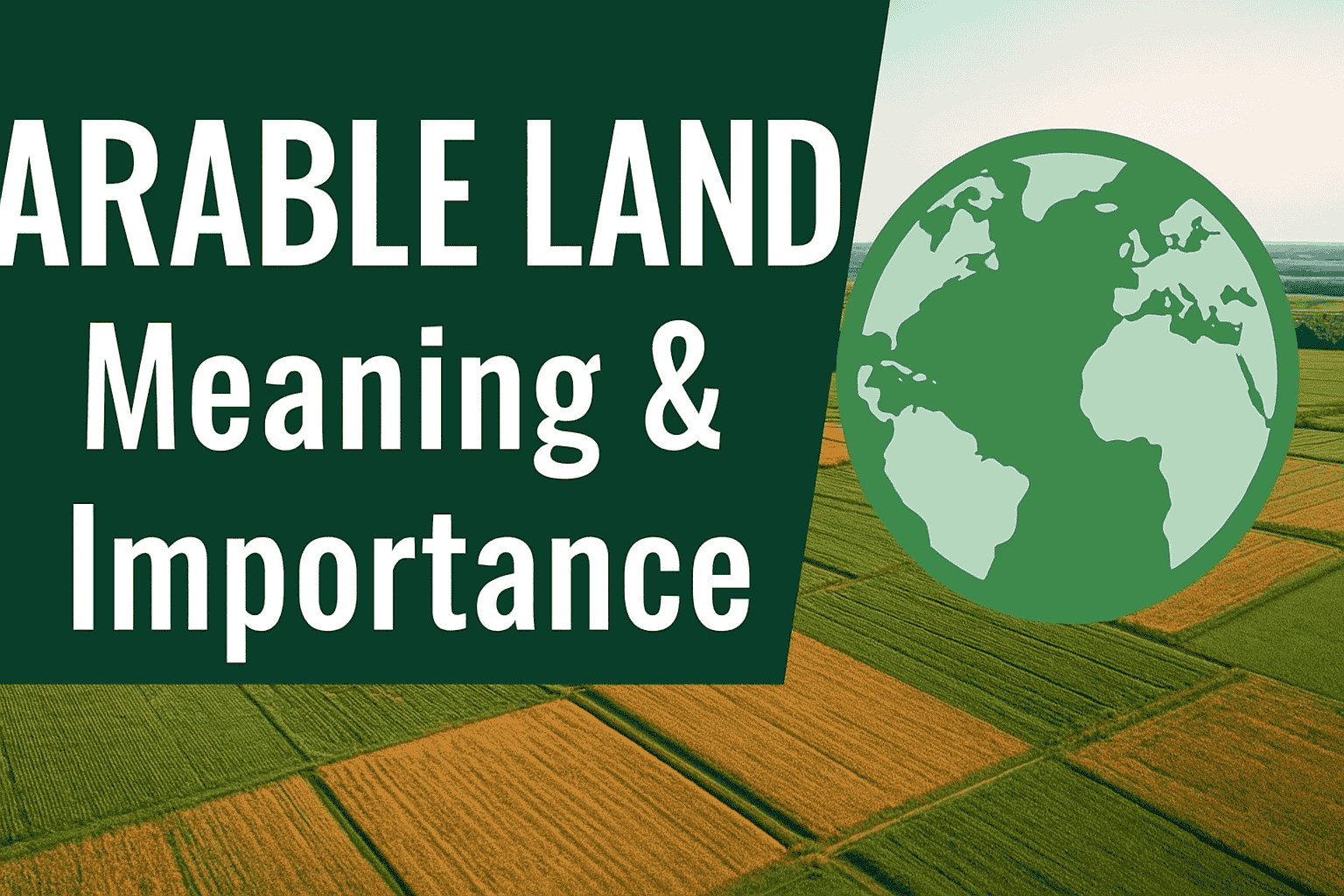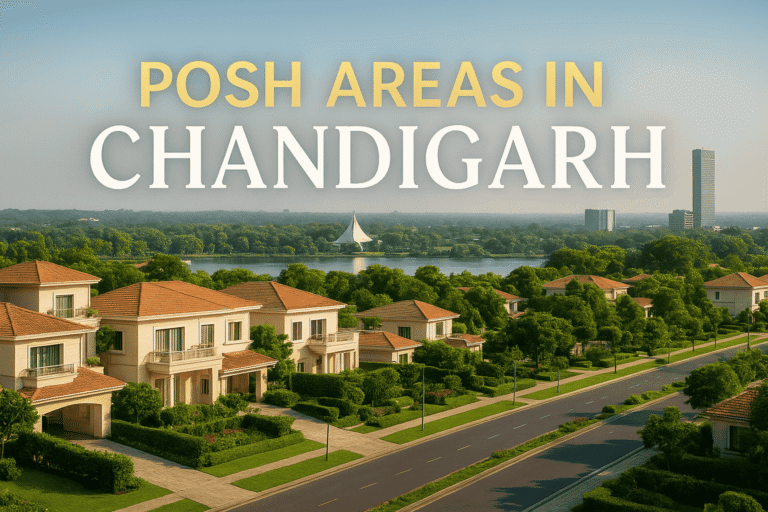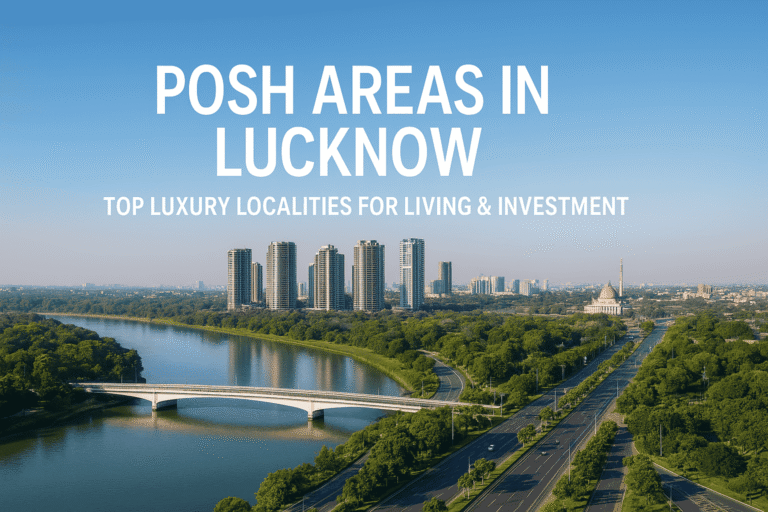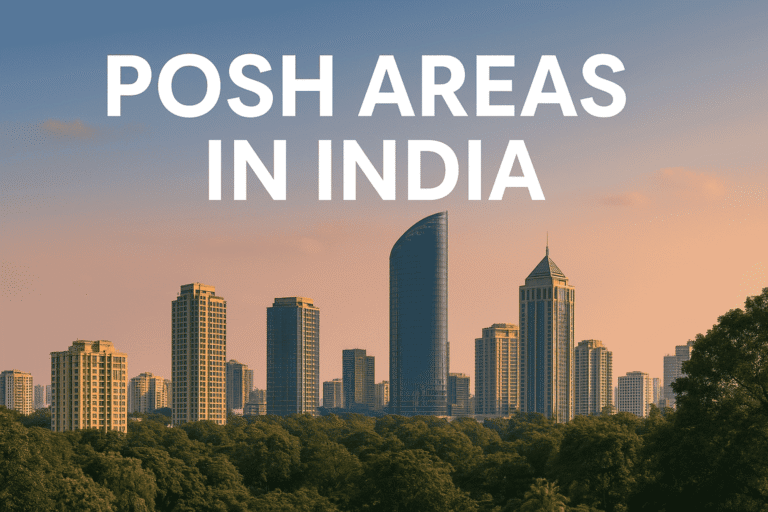What Is Arable Land? Definition, Importance, and Global Overview
Arable land is one of the most valuable natural resources on Earth. It forms the foundation of global food security, sustainable agriculture, and rural livelihoods. As the global population continues to grow, the availability and management of arable land have become critical for ensuring food production and environmental balance.
In this article, we’ll explore the meaning, types, importance, global distribution, challenges, and sustainable management of arable land.
What is Arable Land?
Arable land refers to land that is suitable for growing crops — whether seasonal or permanent. It includes land that can be plowed, irrigated, and cultivated regularly for agricultural production.
FAO Definition:
According to the Food and Agriculture Organization (FAO), arable land includes:
- Land under temporary crops (like rice, wheat, maize)
- Land under temporary meadows for mowing or pasture
- Land temporarily fallow (left uncultivated for soil recovery)
It excludes land under permanent crops (like orchards, coffee, tea plantations) and pasture land.
Characteristics of Arable Land
For land to be considered arable, it generally has the following qualities:
- Fertile Soil: Rich in nutrients like nitrogen, phosphorus, and potassium.
- Adequate Water Availability: Either through rainfall or irrigation.
- Proper Drainage: Prevents waterlogging and soil degradation.
- Suitable Climate: Ideal temperature and sunlight for crop growth.
- Level or Gently Sloping Terrain: Facilitates plowing and cultivation.
Importance of Arable Land
Arable land plays a central role in human civilization — economically, socially, and environmentally.
1. Food Production
Arable land is the backbone of global agriculture, producing the grains, pulses, vegetables, and fruits that sustain humanity.
2. Economic Growth
Agriculture contributes significantly to GDP in developing nations, and arable land is the base for agricultural employment and income.
3. Environmental Balance
Healthy arable land helps in carbon sequestration, water retention, and biodiversity conservation.
4. National Security
Food security directly depends on how much arable land a country can effectively cultivate.
5. Social Stability
Land productivity reduces rural poverty and migration pressures toward cities.
Global Distribution of Arable Land
The distribution of arable land varies widely across regions due to climate, soil type, and population pressure.
| Region | Share of Global Arable Land (%) | Key Crops |
| Asia | 35% | Rice, wheat, sugarcane |
| Africa | 17% | Maize, sorghum, millet |
| Europe | 20% | Wheat, barley, rapeseed |
| North America | 15% | Corn, soybeans, wheat |
| South America | 10% | Coffee, soybeans, sugarcane |
| Oceania | 3% | Wheat, barley |
Top 5 Countries with Most Arable Land
- India – ~156 million hectares
- United States – ~152 million hectares
- China – ~118 million hectares
- Russia – ~123 million hectares
- Brazil – ~80 million hectares
Factors Affecting Arable Land Availability
- Soil Fertility: Depletion from overuse and poor farming practices.
- Deforestation: Reduces soil quality and moisture retention.
- Urbanization: Conversion of farmland into cities and infrastructure.
- Climate Change: Alters rainfall and increases desertification.
- Water Scarcity: Reduces irrigation potential.
- Erosion and Pollution: Degrade soil quality and productivity.
Challenges Facing Global Arable Land
Despite technological progress, arable land per person is shrinking.
1. Land Degradation
Nearly 25% of global arable land is degraded due to over-farming, erosion, and chemical use.
2. Urban Expansion
Cities expand by consuming fertile farmland — especially in Asia and Africa.
3. Climate Change
Rising temperatures and erratic rainfall reduce agricultural yield potential.
4. Unsustainable Practices
Monocropping and excessive pesticide use harm long-term soil fertility.
Sustainable Management of Arable Land
To ensure food security and sustainability, countries must protect and improve their arable land resources.
Key Strategies:
- Crop Rotation: Prevents soil nutrient depletion.
- Organic Farming: Reduces chemical pollution.
- Conservation Tillage: Minimizes soil erosion.
- Afforestation: Maintains water cycles and soil moisture.
- Precision Agriculture: Uses data and technology to optimize farming inputs.
- Land Use Planning: Prevents urban sprawl into fertile areas.
Arable Land in India
India is among the largest holders of arable land globally, with over 156 million hectares. The country’s fertile plains — especially the Indo-Gangetic belt — make it a global agricultural hub.
Major Crops:
- Food grains: Rice, Wheat, Maize
- Cash crops: Sugarcane, Cotton, Oilseeds
Challenges in India:
- Fragmented land holdings
- Soil erosion and salinity
- Over-dependence on monsoon rainfall
- Urban encroachment
Government Initiatives:
- Digital Land Records Modernization Programme (DILRMP)
- Soil Health Card Scheme
- Pradhan Mantri Krishi Sinchai Yojana (PMKSY)
Future of Arable Land
By 2050, global food demand is expected to rise by 60%, but available arable land may not increase proportionally. Hence, innovation and conservation are key.
Emerging Trends:
- Vertical and urban farming
- Hydroponics and aquaponics
- Drone and AI-based land monitoring
- Smart irrigation and precision nutrient management
Conclusion
Arable land is the lifeline of agriculture and humanity. However, its availability is under threat due to population growth, urbanization, and environmental degradation.
To secure the planet’s future, sustainable management of arable land — through technology, policy, and responsible farming — is essential. Protecting every hectare of fertile soil today ensures food security for generations to come.
Frequently Asked Questions
1. What is arable land?
Arable land is land suitable for growing crops — it can be plowed, irrigated, and cultivated for agriculture.
2. What percentage of Earth’s land is arable?
Only about 10–11% of Earth’s total land is arable.
3. Which country has the most arable land?
India currently holds the largest area of arable land in the world, followed closely by the U.S. and China.
4. Why is arable land decreasing?
Due to urbanization, soil degradation, deforestation, and climate change.
5. How can we protect arable land?
By practicing crop rotation, reducing chemical usage, conserving water, and controlling land conversion.
Related Articles:
What is Bhulekh? A Complete Guide to India’s Digital Land Records System
Understanding the Land Record Ecosystem of Uttar Pradesh
J&K Land Records Information System- Check J&K Jamabandi Records
Land Records Information System in India | Digital Land Records
